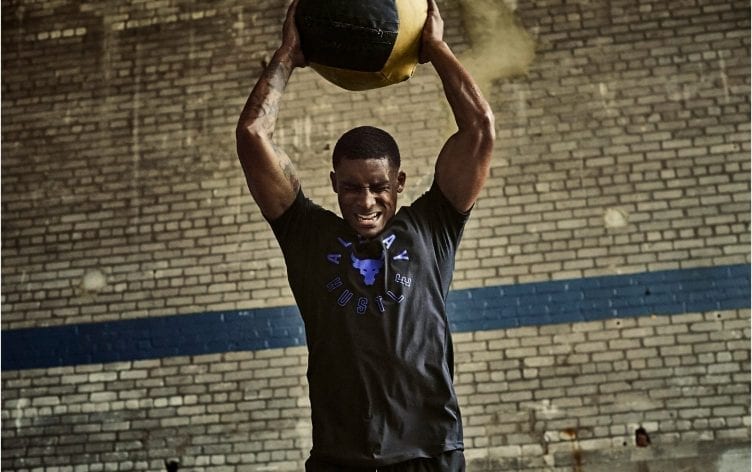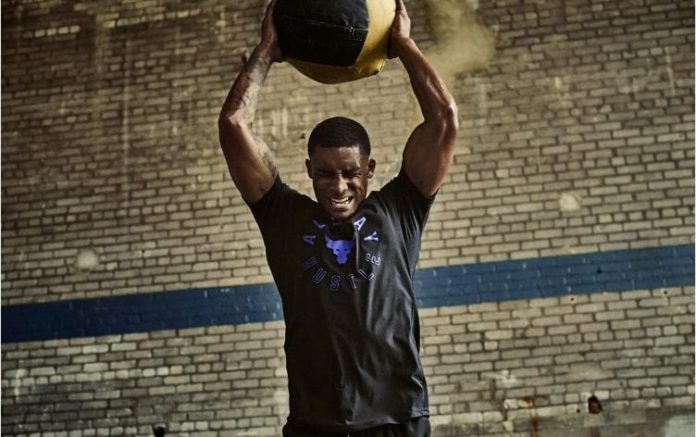
Pumping iron not only pumps up your muscles, it also builds bone strength, burns calories, reduces the risk of heart disease and protects against cognitive decline. Despite the massive benefits, an effective strength-training workout doesn’t have to take up a lot of time.
Doing just 11 repetitions (or one set) of a single exercise was as effective for building strength and endurance as doing 5 sets, according to a new study published in Medicine and Science in Sports and Exercise. Men in the low volume resistance training group who performed just one set of squats or bench presses spent less than 15 minutes on their strength-training routine but experienced similar results.
Matt Minard, physical therapist and certified strength and conditioning coach, explains that high-intensity interval training for resistance exercises (HIIT-RE), which involves alternating between high intensity and active recovery with minimal-to-no rest creates oxygen deprivation, causing your body to burn calories at rest.
“Life can get busy and many of us struggle to find time to carve out for the gym. HIIT strength training allows us to get more [workout] with less time,” he says. “Think of the body like a car. We burn the most gas with stop/go (city driving) than with highway driving. If we drive 10 miles at 60 mph versus 10 miles in the city, we are going to burn a lot more calories.”
HIIT-RE VERSUS TRADITIONAL STRENGTH REPS
The American Council on Exercise (ACE) sponsored research to determine whether HIIT-RE provided similar results to a conventional strength-training program. Lead researcher Lance Dalleck, PhD, associate professor of exercise and sport science at Western Colorado University found 20 minutes of HIIT-RE was at least as effective — and sometimes more effective — than strength training workouts that took twice as long.
Although a lot of research has looked at the effects of HIIT cardio workouts, Dalleck notes, “There hasn’t been much research on HIIT in the strength-training realm.”
As interest in shorter, more effective strength-training workouts increases, so too do questions about how to spend less time in the weight room with similar results. Dalleck explains, “The key is getting the intensity right.”
FINDING THE RIGHT INTENSITY
The ACE research showed the results were best with five repetitions of maximum weight — the highest amount of weight each individual could lift five times with proper form. In other words, the definition of high-intensity has a lot of individual variation.
To get the most out of a HIIT strength-training workout, find out what high intensity means to you; as your strength builds, you’ll need to adjust the maximum weight to ensure the workout remains challenging. Minard suggests thinking of exertion on a 1–10 scale; high intensity is best when you feel like you’re working out in the 7–8 range: You should only be able to get a word or two out between breaths, Minard says.
THE BOTTOM LINE
While emerging research shows HIIT-RE is effective, don’t try to get too much of a good thing, Dalleck advises, adding, “More isn’t better.” His research shows 2–3 days per week of HIIT resistance training is more than enough to see results.
The next time you’re tempted to skip the gym or bail after a 30-minute sweat session on the treadmill, reconsider. “A short strength-training workout can raise your heart rate more than typical strength training with long rest breaks and lower intensity levels,” Minard says.







